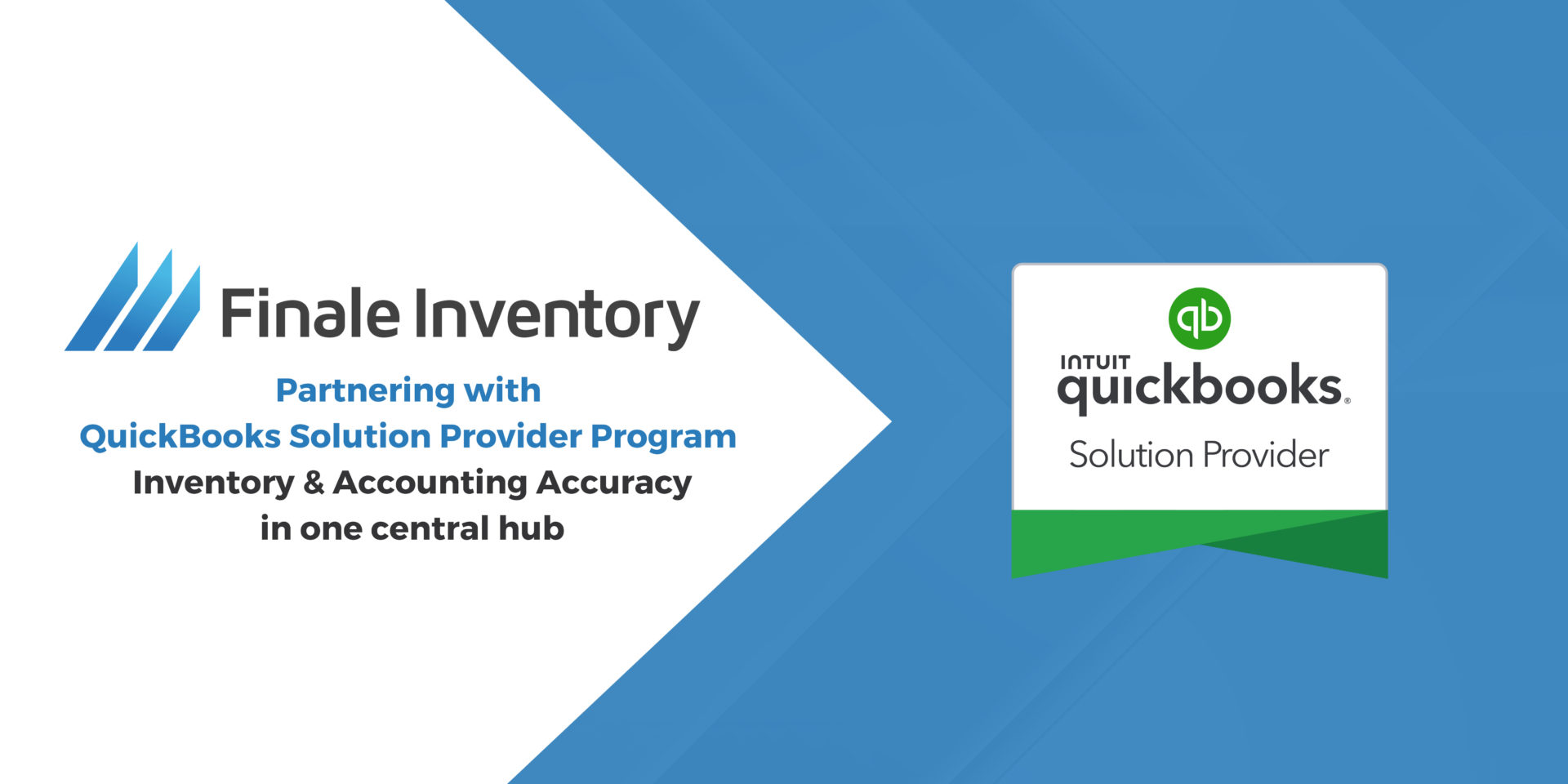E-commerce Expert Insights: Q4 2024
The upcoming Q4 holiday shopping season is set to be one of the most lucrative and unpredictable yet. With a perfect storm of factors in play—ranging from shifting consumer habits and economic pressures to supply chain hiccups—this season will be anything but predictable. For e-commerce sellers, it’s not just about riding the holiday wave, but…
Why Cloud-Based Inventory Management Software is the Key to Your Business Success
Imagine this: You’re a small business owner juggling multiple responsibilities, from managing orders to keeping track of inventory levels. It’s a hectic day at your store, and you’re trying to keep everything organized, but it’s becoming overwhelming. You reach for your trusty clipboard and realize you’ve misplaced it. Panic sets in as you frantically search…
Pick & Pack And How To Improve Your Warehouse Processes
Getting your pick-and-pack process right is essential to efficient e-commerce order fulfillment and customer satisfaction. Picking and packing involves four steps – order receiving, order picking, order packing, and order shipping. Yet, the simplicity of the concept masks a complex reality. There are dozens of combinations of methods and strategies you could tap into for…
Amazon Selling Partner API (SP-API) Migration and Inventory Management
Does your business sell products on Amazon? You’re likely using Amazon MWS, an integrated web service application programming interface (API) to exchange data on reports, payments, listings and other key areas. MWS enables you to perform numerous functions, such as managing inventory, reports and orders, creating inbound shipments, and tracking and managing outbound shipment requests. …

What Is a Markup: How to Calculate Markup and Markup Percentage
Learn how to calculate markup percentages and understand factors influencing your markup strategy in our comprehensive guide. Discover the importance of benchmark pricing and dynamic pricing for e-commerce stores, and how these strategies can maximize your profits. Stay competitive with insights on industry standards, competitor pricing, market demand, and product quality. Get tips on using inventory management software to streamline your pricing and achieve your financial goals.
Is Inventory Considered a Current Asset?
Whether your business deals in raw materials, components and parts or finished products, your inventory is an essential source of potential revenue. It represents a significant investment and is part of your total current assets. Learn more about what current assets are and the best way to calculate and use your current assets. What Is…
QuickBooks Solution Provider Program Helps Finale Users with Inventory Accuracy
Finale Inventory is proud to announce that we’ve joined Intuit’s QuickBooks Solution Provider Program. Small business owners can reduce errors and save time on manual transactions all while increasing efficiency with our tightly integrated inventory and accounting solution. By taking advantage of our bundle offer that combines QuickBooks Online and Finale at a discounted rate,…
9 Signs You’ve Outgrown Your Current Inventory Management Software
When you are trying to run a business efficiently, a lack of helpful tools or outdated tools can make work stressful. While inventory and stock are not the most glamorous areas to manage, they are necessary to your business’s success. That’s why every business needs an efficient inventory management system, whether upgrading an existing system…
A Guide to Inventory Accuracy
It’s important to keep track of stock to inform customers about which of your products are available and which aren’t. An accurate inventory also lets you plan around future shortages and demands. By keeping track of your production stock and raw materials, you can account for existing products and know when you need to make…
Strategies for Direct-to-Consumer Manufacturers
Until the rise of e-commerce, the shopping experience relied solely on retailers and distributors. However, more manufacturers are turning to a more direct customer journey. Direct-to-consumer (D2C) selling allows manufacturers to forego distributors and gain several benefits, like a deeper relationship with consumers. Direct-to-consumer selling can seem daunting for manufacturers that depend on retailers to…
What Is a Packing Slip and Why Is It Important
Many customers may disregard packing slips as soon as they open their packages. Yet, these pieces of paper are essential to many e-commerce businesses in various industries. Packing slips contain much information that helps businesses and customers evaluate what a package contains, reducing packing mistakes and improving communication between buyer and seller. While the availability…
The Complete Guide to Understanding SKU Rationalization
Stock-keeping units, or SKUs, are crucial tools for inventory management. They provide identification for your products and help businesses keep track of available inventory. You can also use them to track sales trends, optimize future items and improve the customer experience at your stores. However, managing the number of SKUs in your inventory is important.…
Everything You Need to Know About the Bullwhip Effect
Businesses use the supply chain to order and distribute goods to consumers. Supply chain layers work together to create and distribute products across the globe. However, disturbances in this chain can disrupt access to goods and other business functions. In the phenomenon known as the bullwhip effect, retailers make larger orders in response to sudden…
What Is a SKU?
Retailers and manufacturers use a variety of identification methods during inventory management. These codes help you organize products and maintain inventory accuracy, which is crucial for business success. One example is a SKU. Inventory professionals use these frequently for various inventory operations. But what does SKU stand for, and how are they used in inventory…
Storing Products 101: Tips for Protecting Your Inventory
Your inventory is the life of your business. Finding a way to ensure your items are safe and protected, whether they’re in your warehouse or another storage facility, will give you peace of mind and keep your business running smoothly. This guide will take you through factors you should consider to ensure your products’ safety,…
Perpetual Inventory vs. Physical Inventory: What Are the Major Differences?
Perpetual inventory systems and physical inventory systems attempt to keep businesses organized and provide them with data that can help them make accurate decisions and know the correct amount of available inventory. However, these different types of inventory systems achieve these goals through different means. What Is Perpetual Inventory? Perpetual inventory systems are methods of inventory…
How to Take Physical Inventory
As the retail industry continues to grow, maintaining a good stock of your products is crucial for success. Having enough supplies on hand keeps both customers and employees happy. And the best way to keep track of your on-hand items is with thorough inventory counts. With the right inventory strategy, you avoid product shortages and ensure…
The Best Order Picking Methods for Your Warehouse
Order picking has a critical role to play in your warehouse operations. It impacts your efficiency, accuracy and customer satisfaction, and you can amplify your business by finding the right method.
The Role of Shipping Labels in Inventory Management
Shipping labels might seem simple, but they have an integral role to play in warehouse shipping processes. Inventory management and shipping labels go hand in hand, with these labels providing valuable information about the package’s origin, destination, handling requirements and much more. They can direct the package through its journey, allowing employees to work more…





















